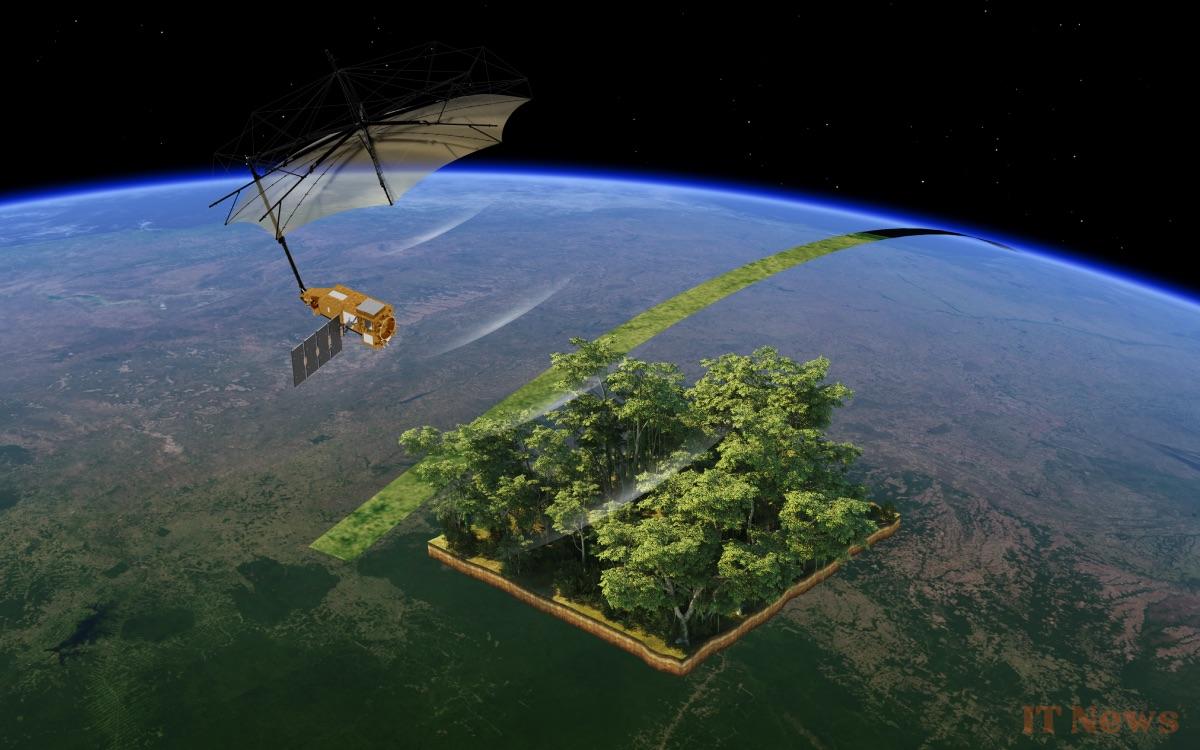The European Space Agency has just released the first images from a very special satellite. Designed to study forests and the carbon cycle, it reveals landscapes invisible to the naked eye. And that's just the beginning.
From space, it is possible to observe the Earth with ever-increasing precision. Europe is increasing its missions to understand climate change and the health of our planet. The European Space Agency (ESA), which is behind numerous observation projects, is also committed to the fight against space debris and is preparing a mission to Mars by 2035. In this context, the Biomass satellite is expanding a fleet of scientific tools focused on understanding the major balances on Earth.
The Biomass satellite was launched in April 2025 from French Guiana aboard a Vega-C rocket. Developed for ESA, it is equipped with a giant umbrella-shaped antenna and P-band radar, a first in space. This technology makes it possible to penetrate thick layers of foliage and analyze wooden structures, where most of the forest carbon is concentrated. and the reliefs hidden from orbit
The first images published by ESA show areas such as the Amazon rainforest, the islands of Indonesia and the Sahara mountains. The colors reflect the nature of the landscapes: green for dense jungle, red for flooded wooded areas, blue for grasslands, black for rivers. Thanks to its long-range radar, the satellite can also probe the desert subsoil, spotting buried geological formations such as ancient riverbeds. These surveys provide unprecedented insight into soil structure, even in regions previously inaccessible by traditional observation.
Biomass orbits at an altitude of 666 km and sends its data to a ground station in Sweden. The information is then processed to produce 3D maps of global biomass, which can be viewed online via a platform developed in Belgium. This project, still in the calibration phase, is already delivering impressive images. Scientists hope it will provide a better understanding of how forests are changing in a context of global warming, and refine monitoring of the carbon cycle on a global scale.




0 Comments